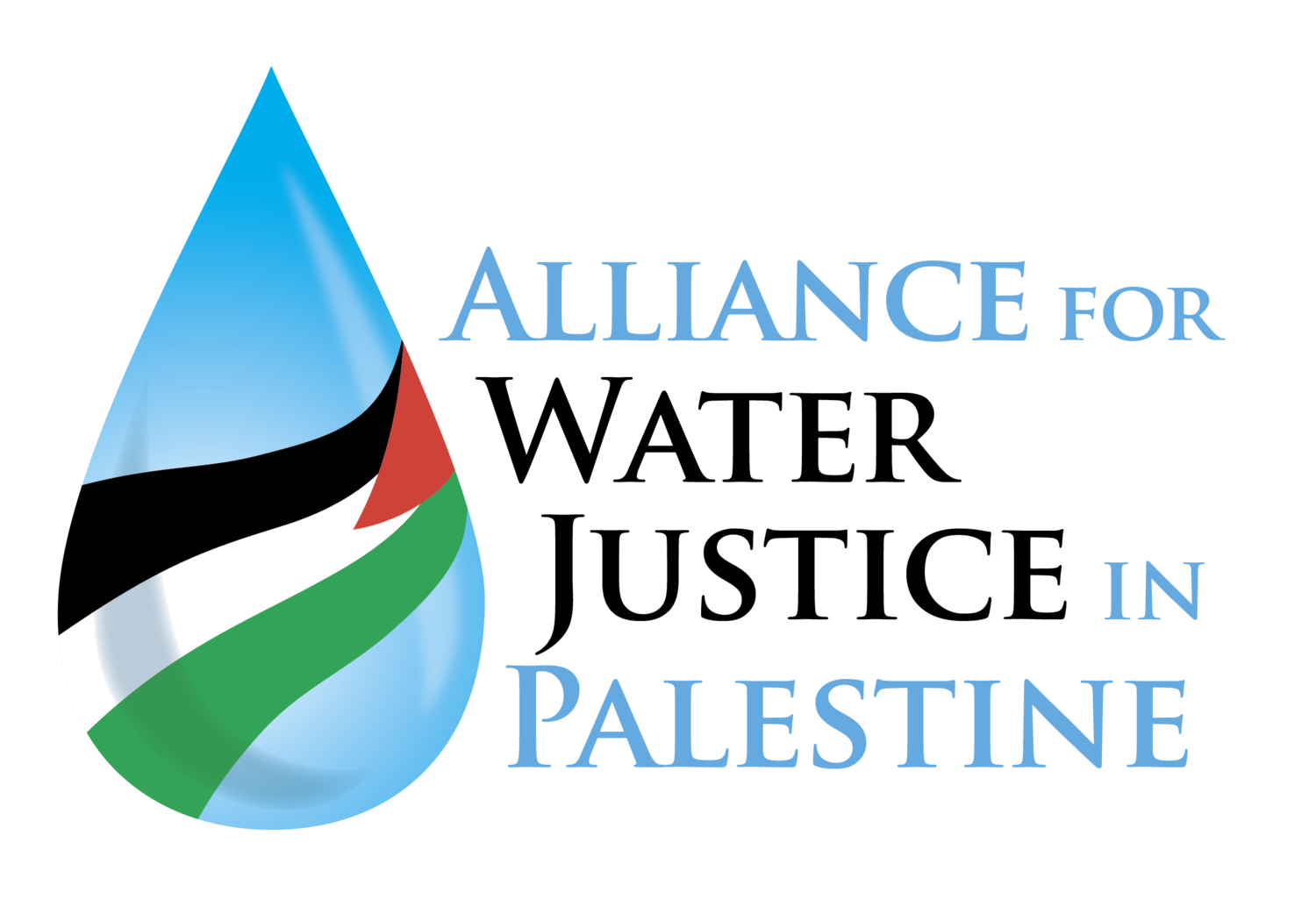Context: The West Bank
The West Bank, part of the Occupied Palestinian Territories bordering the Kingdom of Jordan, is about 2,270 square miles in extent.
Beginning in 1993, the Oslo “peace process” divided the West Bank into three segments. Area A, which made up 18% of the most densely populated parts of the West Bank, was meant to be under Palestinian administrative and police control. Area B was 22% of the West Bank where the Palestinian Authority had administrative control of the education, economic, and health sectors, and shared security control with Israel. Area C was 60% of the West Bank, which is lived in by 300,000 rural Palestinians and most of the illegal Israeli settlers. It was put entirely under Israeli control and now largely consists of military firing zones, state land, settlements, and nature reserves.
In contrast to the Gaza Strip from which Israeli citizens were removed in 2005, Israel continues to build settlements on Palestinian land in the West Bank (which Israel calls Judea and Samaria), violating the laws of occupation as stated in the Fourth Geneva Convention. The Convention prohibits an occupying power from transferring its citizens into the territory it occupies and from transferring or displacing the population of an occupied territory within or outside the territory.
Since the occupation of East Jerusalem in 1967, which Israel unilaterally annexed in 1980, Israeli authorities have promoted a two-fold goal of expanding the city’s Jewish population and reducing its Palestinian population. Palestinians who lived in East Jerusalem and were present when a June 1967 census was taken were considered “permanent residents” of the State of Israel. (East Jerusalem residents who were not present during the 1967 census lost the right to live there.) “Permanent residents” can lose this status if they are out of the country for six years, take the citizenship of another country, or cannot demonstrate that East Jerusalem is the “center” of their life. Many have been forced to move beyond Jerusalem’s municipal boundaries because Israel has routinely denied permits for the building of new homes in the densely crowded East Jerusalem and destroyed homes it claims were built without proper permits.
Israel exploits West Bank land, its water, and other resources in additional ways. As Eyal Press describes in the New York Times, “There are roughly 1,000 factories in the chain of Israeli-administered ‘industrial zones’ strung across the West Bank. The geographic footprint of these commercial enterprises, together with shopping centers and agricultural projects, exceeds the built-up areas of settler housing.”
The European Union has attempted to help alleviate the water situation for Palestinians in the West Bank. The Israelis, however, have a history of demolishing EU-funded structures. In June 2022 alone, Israeli authorities destroyed 14 EU-funded cisterns and three EU-funded water networks.
The disparity and the cruelty of the Occupation can also be seen by comparing water consumption in the West Bank for Palestinians and for Israelis. 700,000 illegal Israeli settlers use six times more water than the over three million Palestinians living in the West Bank. Israel’s discriminatory water policies have undermined the West Bank economy, which was traditionally agricultural and dependent on water resources for the irrigation of crops.
The theft of water was one of the objectives of Israel’s 440-mile -long Apartheid wall, which cuts into the West Bank rather than following the Green Line, often to confiscate water resources. Over the years, settlers and soldiers have contaminated Palestinian wells, filled them with concrete, demolished irrigation reservoirs, and destroyed water tanks and pipelines. More than 80 Palestinian water wells in the West Bank have been destroyed since the latest war on Gaza began.
Many Palestinian families, especially those in the Jordan Valley and Masafer Yatta region south of Hebron, have been left with only two options: they can spend up to half of their monthly expenditure on trucked water or leave their villages and land altogether.

